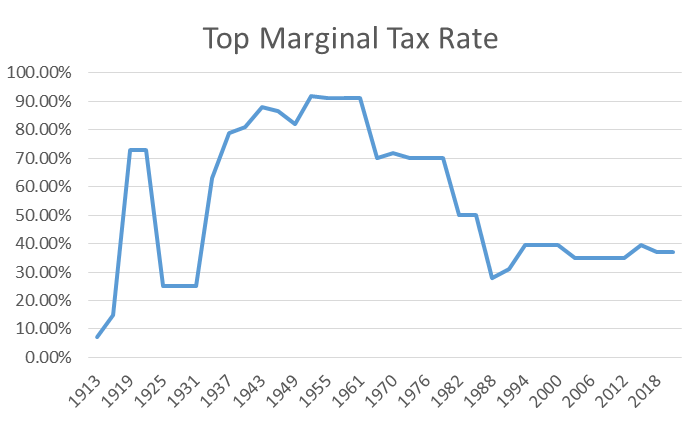Converting IRA and Retirement Assets to a Roth IRA
Unique opportunity in Divorce - Utilizing Roth IRAs
The intent of this article is to educate the reader about increasing retirement income by converting traditional retirement plans (401k, IRA, 403(b), etc.) to a Roth IRA. While conversions (commonly referred to as "re-characterizations") can offer benefits for many taxpayers, divorcing individual have a unique opportunity during the year of their divorce because of the timing of alimony payments.
What are Roth IRAs?
The Taxpayer Relief Act of 1997 created a new type of Individual Retirement Account ("IRA") named after Senate Finance Committee Chairman, Senator William V. Roth, Jr. Roth IRAs offer an unparalleled tax incentive - while contributions to Roth IRAs are not tax-deductible (unlike traditional IRAs), all distributions from a Roth IRA are tax-free.
What are the Advantages?
Similar to traditional IRAs, the dividends and interest generated by a Roth IRA are not taxed while they are accumulated in the IRA. However, Roth IRAs offer a significant bonus - tax-free withdrawals. Although contributions are not tax deductible, withdrawals at age 59½ (earlier if you use it to buy a first home) are tax-free as long as it has been in the account for at least five years. And, there is no requirement to withdraw any money at age 70½; and, upon death, beneficiaries will not owe any income taxes upon withdrawal.
Facts on Converting Traditional IRAs to a Roth IRA
You can convert all or part of your traditional IRA to a Roth IRA. However, because contributions to a Roth IRA are non-deductible, you must pay tax on any taxable amounts you convert. The conversion is treated as a penalty-free premature distribution. Therefore, it must be listed on your tax return as taxable income, and that income could move you into a higher tax bracket.
Signs for a Conversion Candidate
While there are no hard and fast rules to identify conversion candidates, here are some "signs" to look for:
- Income for the taxpayer will be "artificially" lower than in future years. In divorce cases, look for alimony beginning late in the year to signal an opportunity for the alimony recipient. For business owners, if they have carry-forward losses, they may want to accelerate income. For entrepreneurs starting a business, they may anticipate reduced income in their first few years.
- The taxpayer will have assets outside of the retirement plan to pay taxes. If this is the case, the taxpayer is essentially making an additional contribution to their retirement savings.
- If you expect to be in a higher tax bracket when you retire than you are at the point of conversion.
Tax Rates - What Does the Future Hold?
To help make assumptions about the future of tax rates in the US, we can look backwards to see how rates have changed over time.

1918: Tax rates were raised to 77% in order to help pay for World War I. Tax rates started to fall in the years afterwards.
1932: The top rate is raised to 63%. This rate increased in the years leading up to and including World War II.
1945: Income over $200,000 (about $3 million in today's dollars) was taxed at 94%. Tax stayed over 90% until
1964: when it was lowered to 77%. Rates then consistently declined until…
1991: The top rate was increased from 28%, where it had bottomed out, to 31%.
2019: Rates have since climbed to 37%.
Most economists agree tax rates will go up over the next 30 to 50 years. Even with that expectation, it is possible future taxes will not be income related, but rather consumption driven, like a Value Added Tax, which would not impact retirement plans.
The Best Reason to Roth - the "Do Over"
Incredibly, the tax code allows those that convert to later change their mind and "go back" to a traditional IRA before filing your tax return. This "do over" provision is potentially the most valuable in a volatile stock market. Here is an example of how this might work for the owner of a $200,000 IRA.
The owner converts all $200,000 to Roth by opening 2 new Roth IRA accounts of $100,000 each at the beginning of the year. The accounts are invested in different types of investments (US Large, Mid or Small Cap, International, Emerging Markets, etc.). On November 14th, prior to filing a tax return (but after filing for extensions), one account is valued at $85,000 and the other is worth $125,000. The owner can elect a "do over" on the $85,000 account, forgoing the tax on conversion, and providing an opportunity to convert again on January 1 - less than 60 days later.
For the account with $125,000, the owner can keep the conversion, and pay tax on the $100,000 original amount.
Conclusion
If nothing else, it is worth reviewing your personal situation or that of your clients with an experienced financial professional or tax accountant to discuss the benefits of a Roth IRA conversion strategy. Because of the timing of tax payments and the "do over" provision it worth investigating. Be sure to consult with the current tax rules before proceeding to verify this type of conversion is still allowed.
